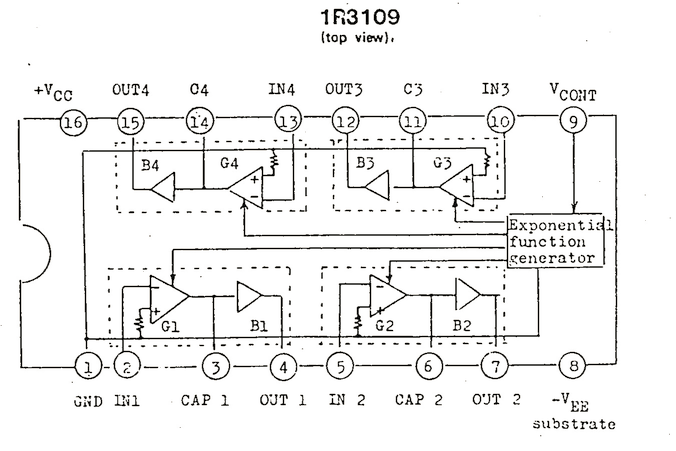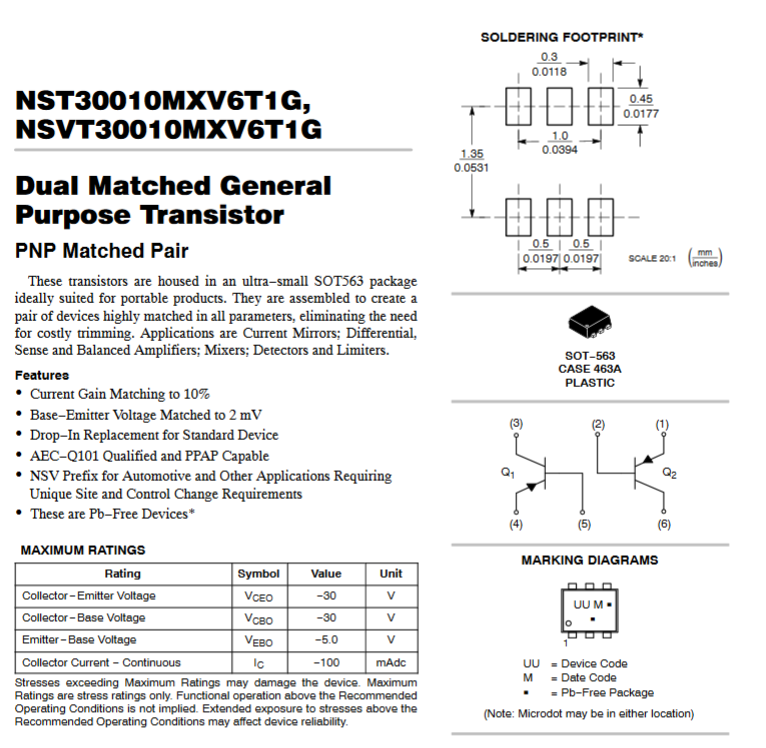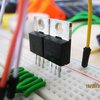Far fewer people are familiar with operational transconductance amplifiers (OTAs) than with transimpedance amplifiers (TIAs) easily constructed with one of the many op-amps available today.
As the names suggest, OTAs are voltage-controlled current sources, while the transfer characteristics [out]/[in] of a TIA has the dimension of an impedance.
The most prominent motivation to figure out how to design an OTA in a reproducible manner is perhaps the lack of a broad portfolio of types that are still in production - even before the great chip shortage of our times. Shown above is the famous Roland IR3109, made possible by four OTAs (G1-G4). (Do check out the typical filter designs as well).

While available as "AS3109", it should be possible to conjure up an equivalent circuit without having to go in and fully characterize, bin or even match transistors - a recurrent challenge otherwise solved by using special transistor structures (butterfly, FET centroid design, BJT centroid design).
This project is a learning experience and foray into building a voltage-controlled filter (VCF) from the ground up. Part of it is an exploration into the different types of current mirrors and the trade-off in component count vs. performance, and then we'll hopefully arrive at a working filter and oscillator built with the resulting amplifier!
 helge
helge

This is just the kind of stuff I like, working with discrete transistors and using them to make working building blocks, it really makes you appreciate the stuff that happens on silicon more! Thanks for the useful information linked in the logs as well!